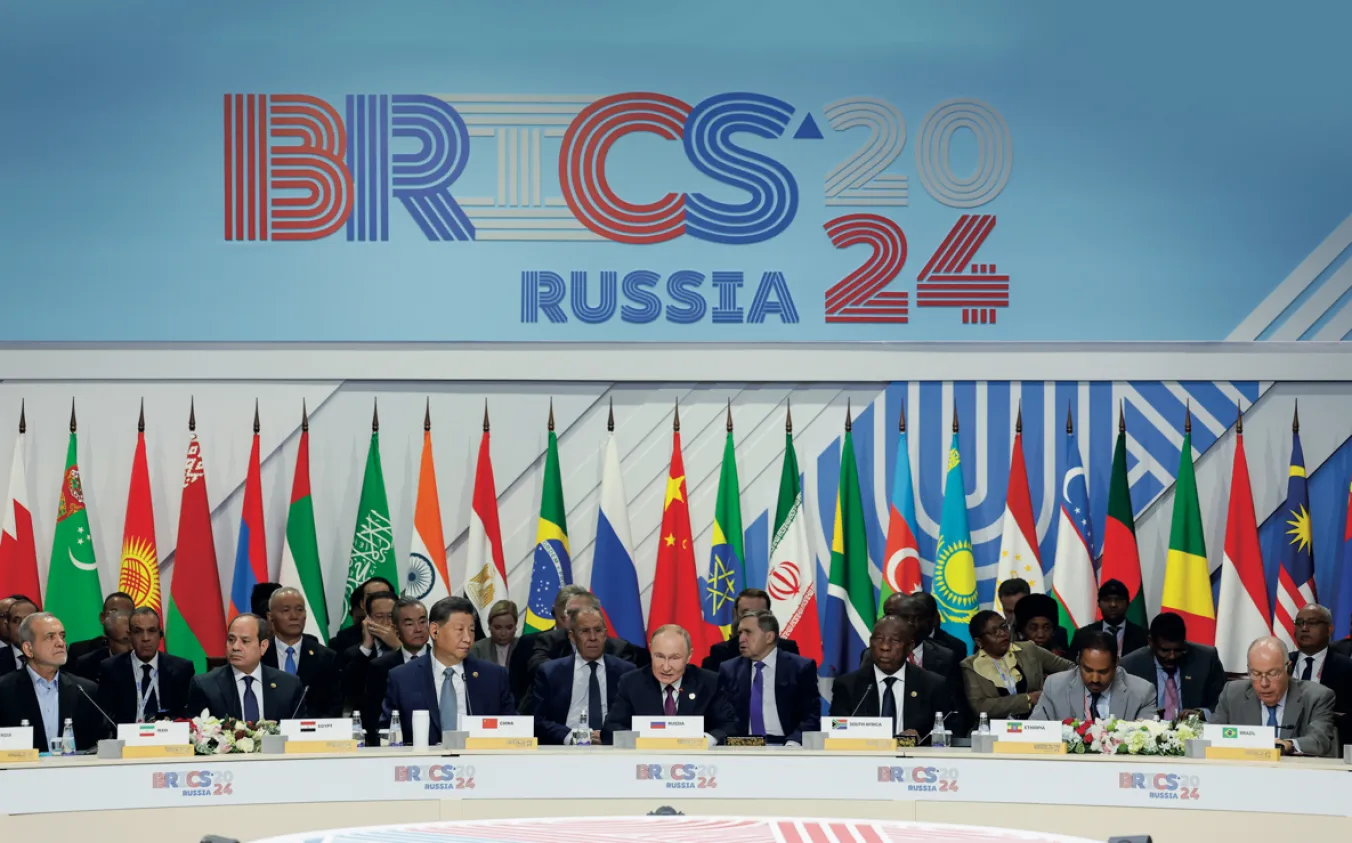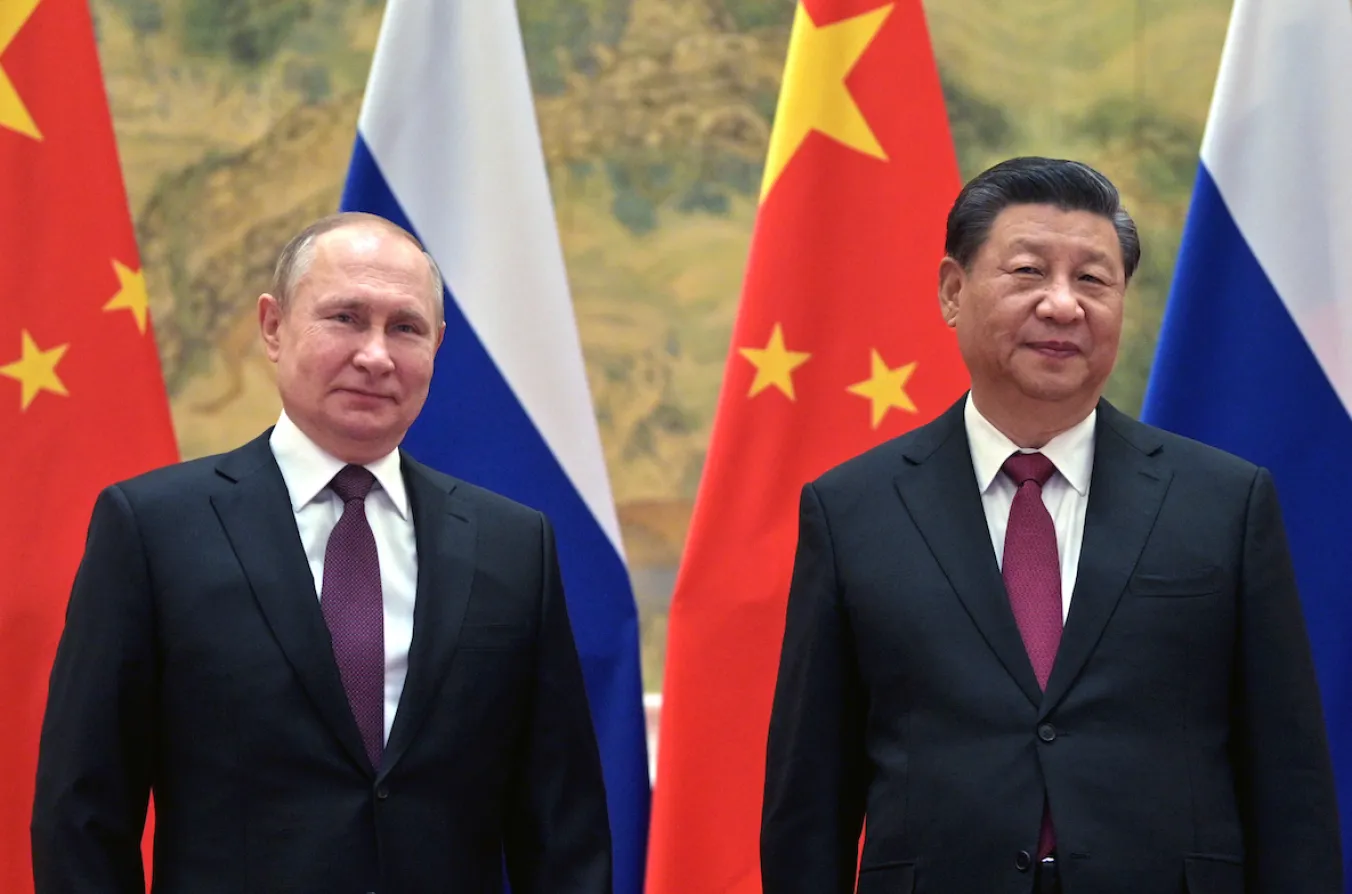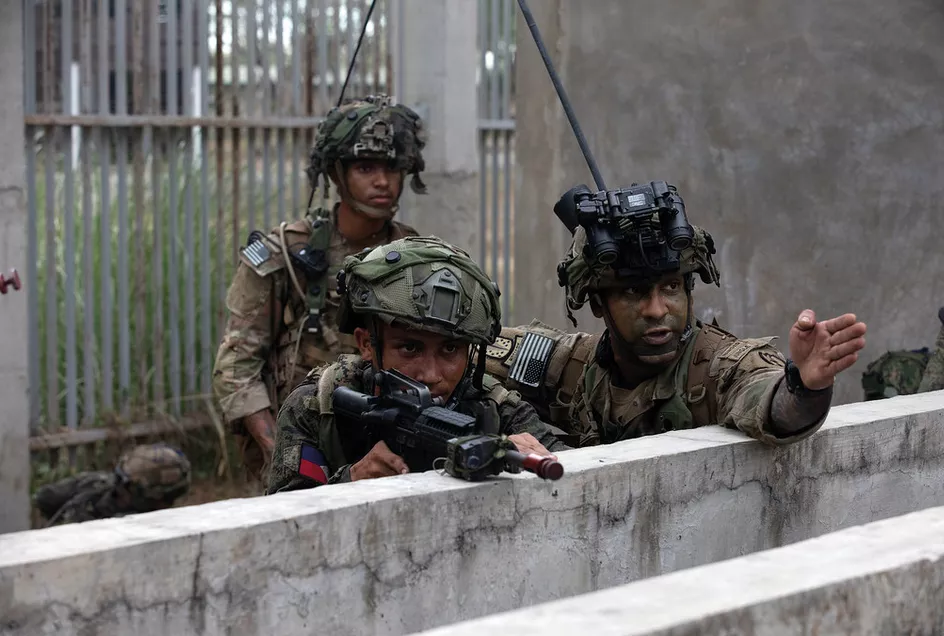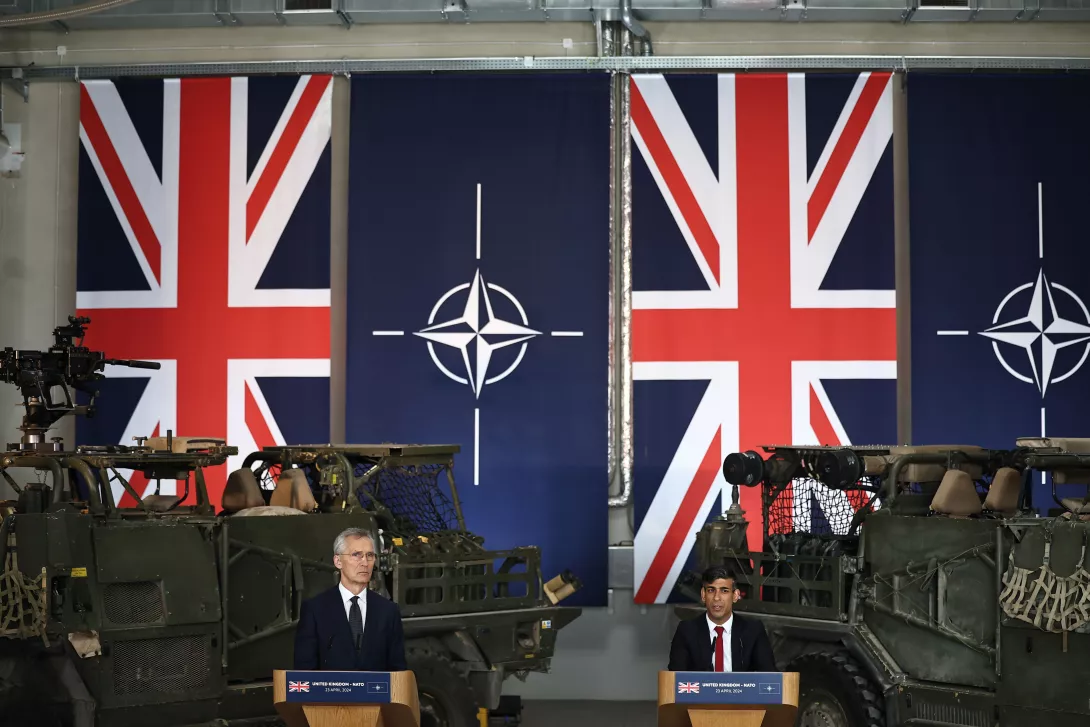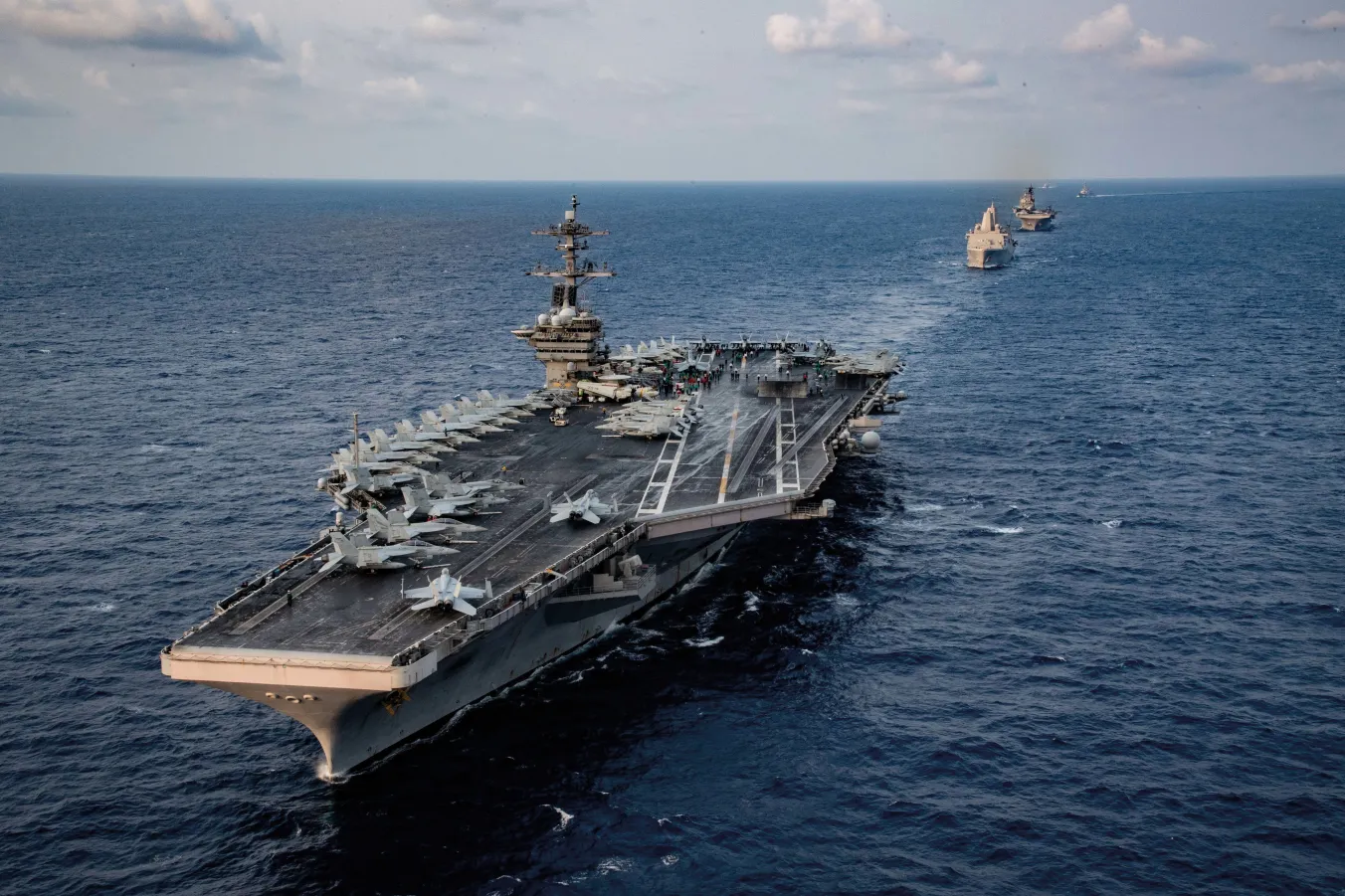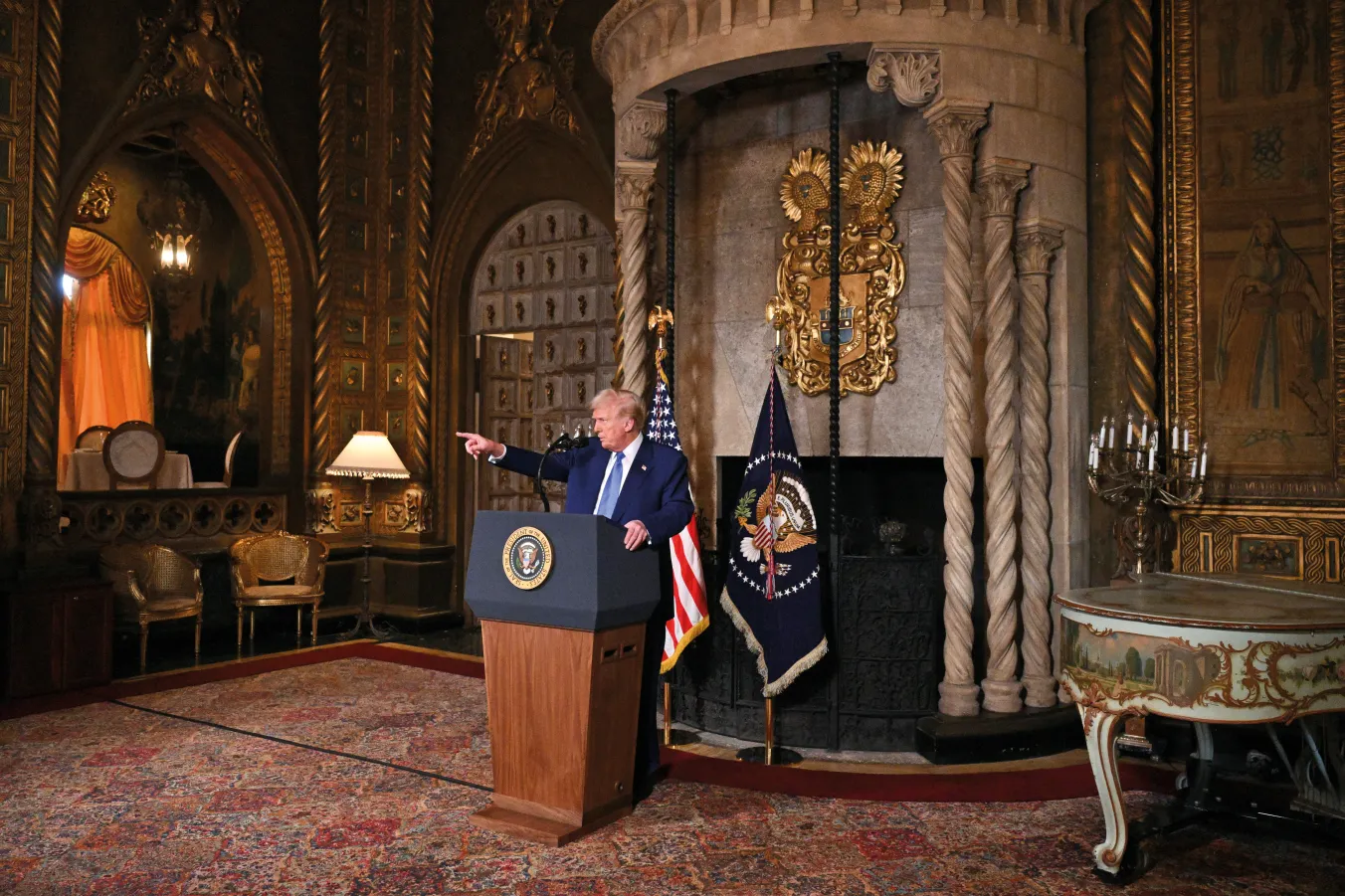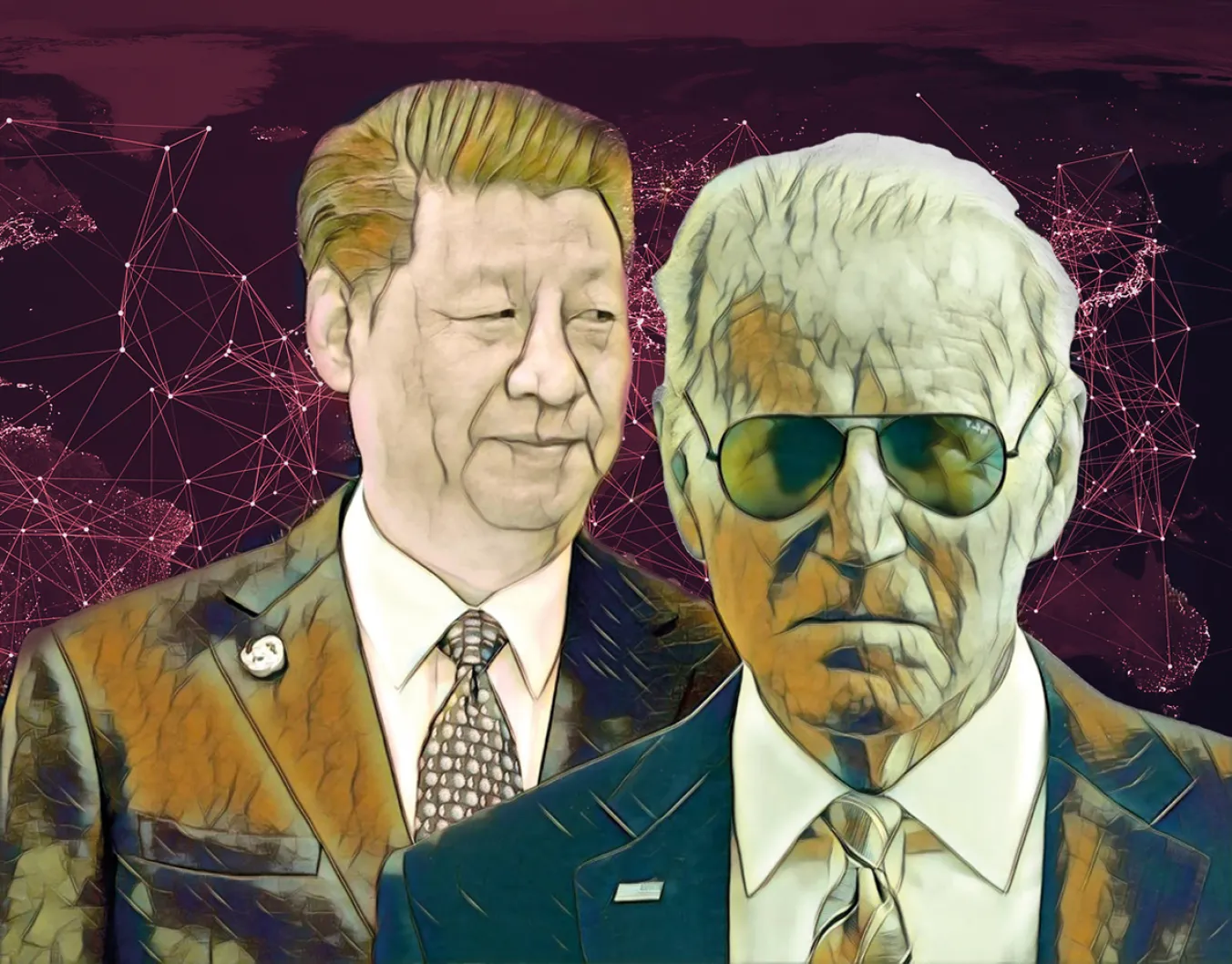
BACK in September 2002, Dan Plesch wrote an article in the Guardian titled Iraq first, Iran and China next. Less than a year earlier, George W Bush had put China on a nuclear hit list along with Russia, Iran, Iraq, Syria and North Korea. Twenty years on, it seems China’s turn has arrived, now identified as the US’s most consequential geopolitical challenge.
Iraq was a turning point for the world as Bush “seized the unipolar moment.” Shock and awe and full-spectrum dominance in air, land, sea and space presaged a new militarism to bolster US global supremacy.
Blatantly displacing the UN on the pretext of “humanitarian intervention,” the US found a new means of rallying allies in a “coalition of the willing,” embedding key Nato partners into “out of area” operations.
